Search results for: “Julie Smith”
-
Post of the Month Winner for March
The secret panel has convened, the judges have decided, the votes are in, and the Post of the Month for March 2004 is Nate Oman, How Mormons Became White, which narrowly beat out Julie Smith’s Why We Doze in Sunday School for the most points. Overall, I think that the event was a great success.…
-
Political Leanings
Steve Evans and Mathew Parke recently set up a new blog for discussing LDS thought from a liberal perspective. I hope to weigh there as well sometimes. In the inaugural substantive post, Steve made the interesting observation that even liberal Mormons are pretty conservative in general. Using the imperfect indicator of the online Political Compass…
-
Mormon Studies Books in 2025
I don’t remember seeing a list given anywhere of books planned for publication in 2025 in the Mormon Studies field. So, in the interest of sharing what has been published and what is intended to be published in 2025, here is the list I have been able to compile:
-
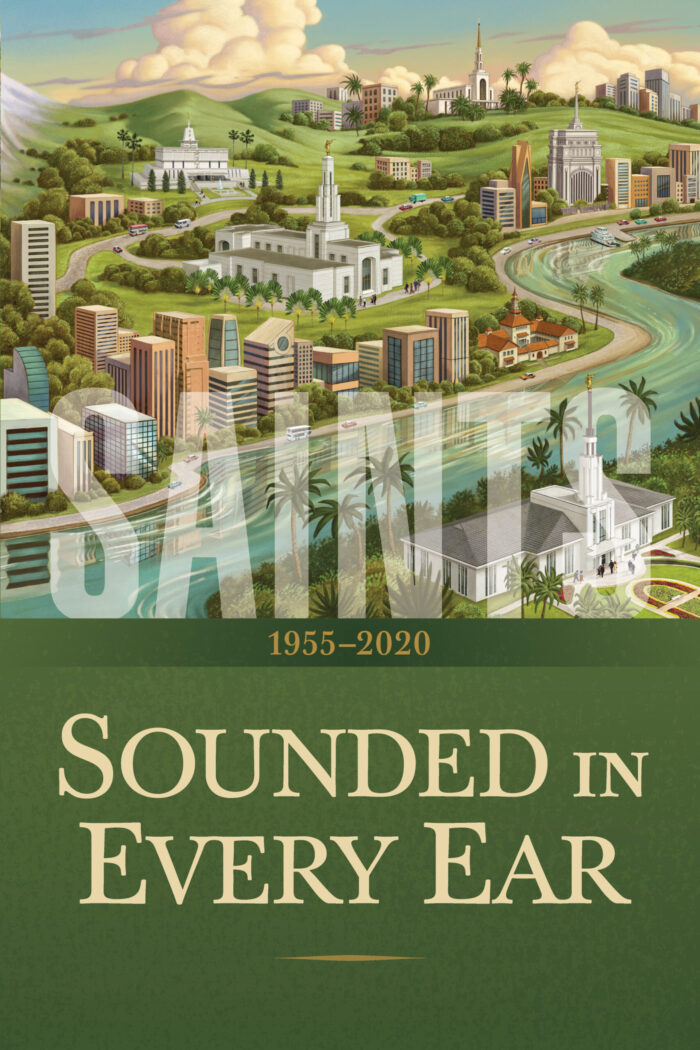
Saints, Volume 4: A Review
The fourth and final volume of Saints: The Story of the Church of Jesus Christ in the Latter Days was published today. This newest book, Sounded in Every Ear, tells the story of the Latter-day Saints from 1955 to 2020, bringing the history up nearly to the present day. It discusses an era in which…
-
Cutting-Edge Latter-day Saint Research, September 2024
I don’t usually respond to articles that I dislike, generally just letting them talk for themselves, but the Miller and Dunn chapter promotes the myth of “soaking,” which is supposedly a chastity loophole that I discuss here. They reference a college newspaper which cites TikTok, so still no real evidence that soaking is a thing.
-
Cutting-Edge Latter-day Saint Research, April 2024
Apologies for the length in advance. A lot of people had things to say about the Church and its members this month! Carr, Ellen Melton. “Fountains of Living Waters: How Early Mormon Irrigation Innovated the Legal Landscape of the West.” Oil and Gas, Natural Resources, and Energy Journal 9, no. 3 (2024): 361. There was…
-

Temples, Communication, and Covenants
Temple rituals form an important part of Latter-day Saints’ covenant relationship with God. A recently-released book by Jennifer C. Lane entitled Let’s Talk About Temples and Ritual delves into the importance of temple rituals. Lane has shared some of the insights she gained that are captured in that book in an interview with the Latter-day…
-
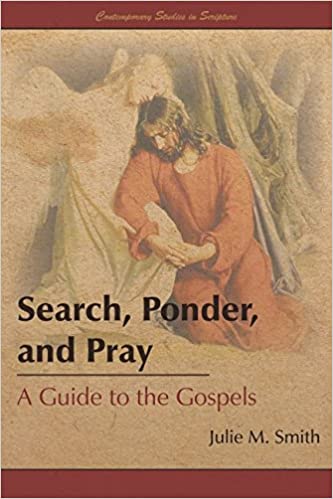
Resources to Get More out of Reading the Gospels
We’ll spend the first six months of 2023 studying the Gospels (Matthew, Mark, Luke, and John) for Come, Follow Me. For the last couple of years, every day I’ve read at least a chapter of the “five gospels” (the four above + Christ’s appearance in the Americas recorded in 3 Nephi in the Book of…
-
The American Apocalypse
The end of the world is a pretty dramatic scene. Perhaps it is because of that drama that the idea has captured the imagination of human beings for thousands of years and continues to do so today. It is not an uncommon topic of conversation among Latter-day Saints that I have known, including the occasional…
-
John Turner on Brigham Young
John Turner’s well-known biography Brigham Young: Pioneer Prophet (Harvard University Press, 2012) provides one of the most well-rounded and in-depth look at the second president of the Church of Jesus Christ of Latter-day Saints. It remains today one of the definitive biographies of an incredibly complicated man and leader. Recently, Kurt Manwaring sat down with…
-
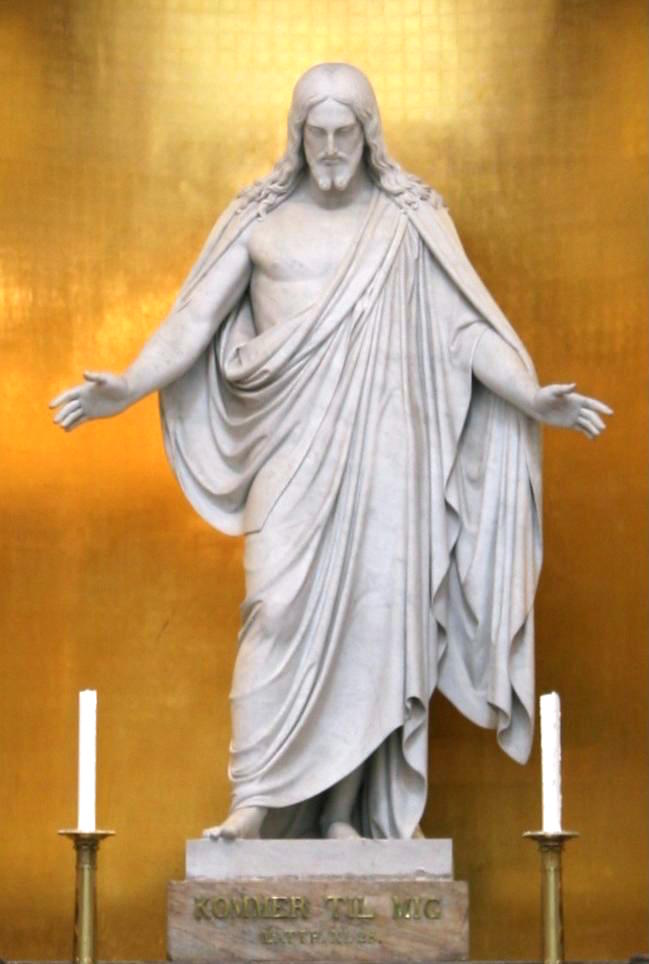
Seek After These Things
There is a part of me that is deeply drawn to the Christian religions that have existed for hundreds or thousands of years. Perhaps that comes from my fascination with history (particularly the Byzantine Empire), perhaps from beautiful experiences with choral music written by Christians from the Renaissance up through our own day. Perhaps some…
-
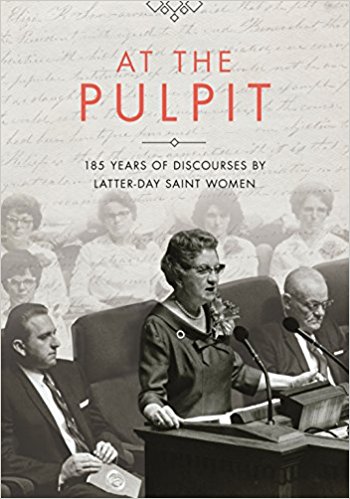
Reeder and Holbrook’s At the Pulpit: The book I hope becomes a fixture in Latter-day Saint homes
The first account we have of a woman speaking in General Conference is Lucy Mack Smith, speaking in Nauvoo, Illinois, in October 1845. But women were teaching in the Church long before that, and the continued long after that — not just in General Conference. In their collection At the Pulpit: 185 Years of Discourses…
-
Contributor Anxiety: Baring Witness
As I read the women’s stories in Baring Witness, I was filled with love and sorrow and hope for all of these sisters. I want to sit with them over a long lunch, laughing and crying together. These are women who have shared their vulnerabilities, who have opened their lives to me: how can I…
-

BYU New Testament Commentary Conference
4th Annual BYU New Testament Commentary Conference: New Mormon Ideas about Mark and Hebrews
-
BYU NT Commentary Summer Seminar
We are accepting application for the second annual BYU New Testament Commentary Series Summer Seminar, to be held for the four weeks of July 5 to July 29, 2016, on BYU Campus, Provo, Utah. The deadline for applications is March 31, 2016. The seminar is open to graduate students and recent PhDs who have research…
-
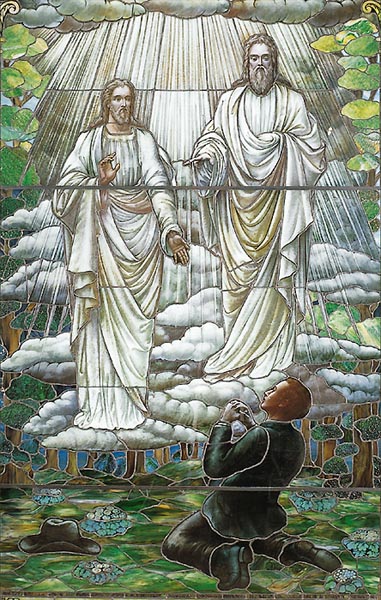
The Provenance of Mormonism
Thank you Nathaniel for your introduction, and thank you to Times & Seasons for the opportunity to share my thoughts and observations with you. A curious paradox of modern Mormonism is how Mormons and non-Mormons frame its heritage. Mormonism appeared in early nineteenth century North America as a new religion amidst a largely Protestant setting.…
-
Consequences, Intended or Otherwise, in Light of the Update
A few days ago, after the new policies were leaked but before the First Presidency clarified them, I posted a list of possible consequences of the policies here. This post reproduces my list, crossing out those scenarios no longer possible in light of the First Presidency letter. I also made some updates (in bold print).…
-
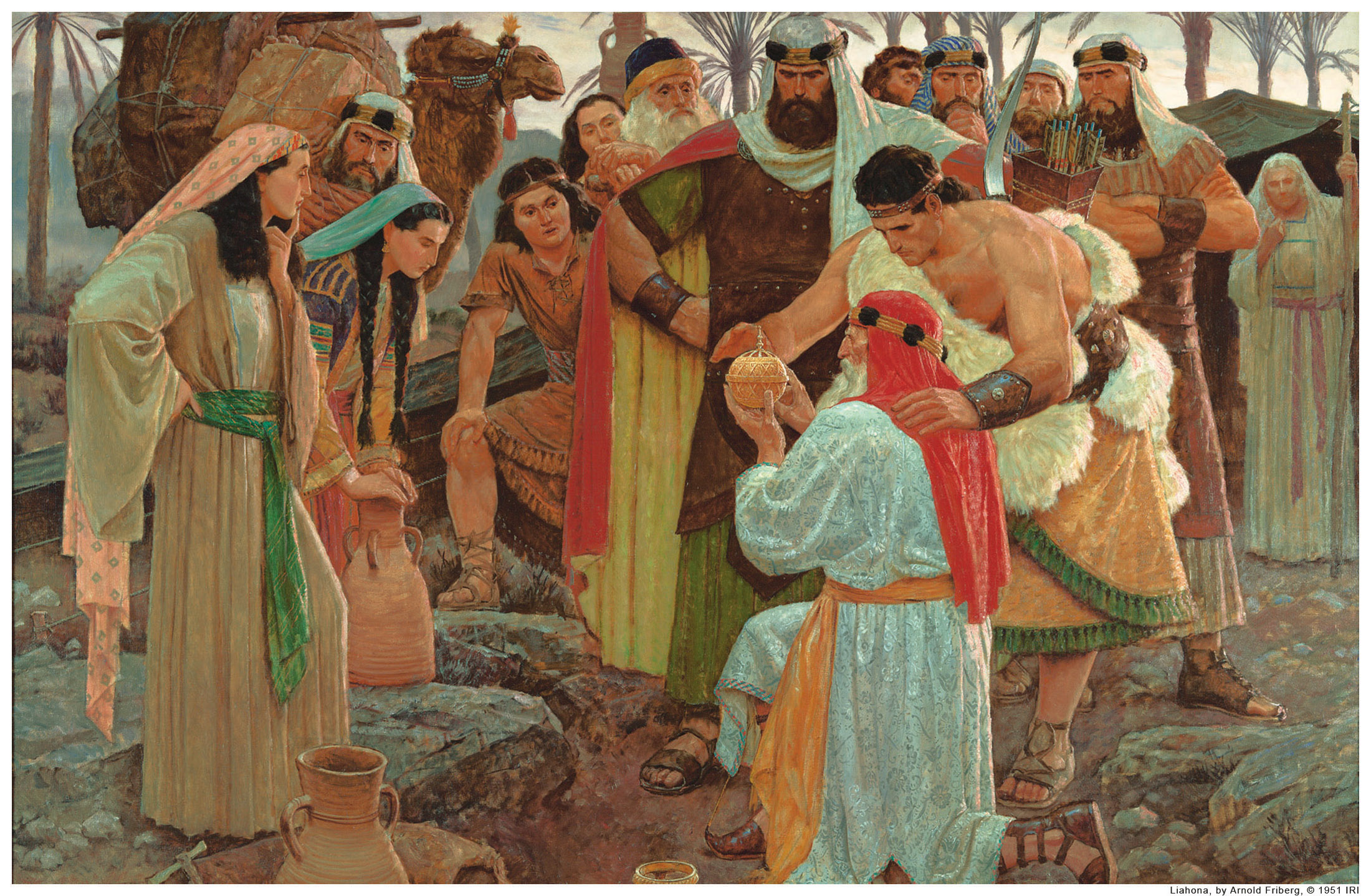
-
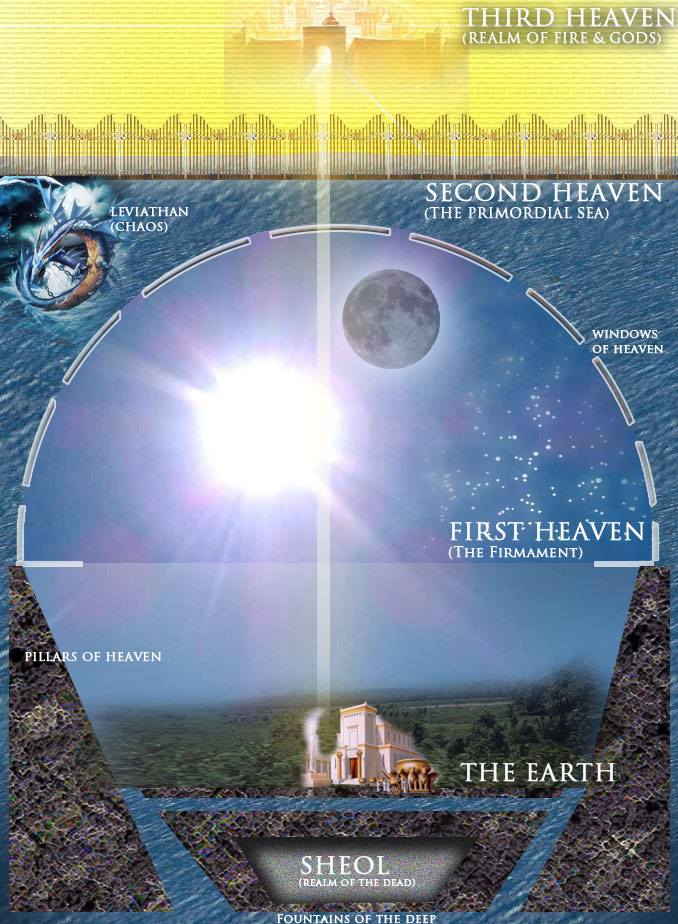
Genesis- Various thoughts and notes on a Saturday night.
The new Seminary manual on the Old Testament approaches the authorship of Genesis in a reductive and simplistic way. (HT: David Tayman, who also did the Israelite cosmology art below.) Ask students if they know who wrote the first book in the Bible. After they respond, invite them to turn to Genesis 1 and look in…
-
Teaching Like The Prophets
I think the recently announced changes to the CES and BYU Religious Education requirements could be really great. Far from paying less attention to the scriptures, as some have worried, I suggest the new model pays more attention to the scriptures, in what might be the most important way. In the scriptures, Christ and the…
-
The Teachings and Doctrine of the Book of Mormon, Take Four
Today’s entry was written by Grant Hardy:
-
Constructive Thoughts on the Curriculum Shift
As I’ve stopped hyperventilating over the leak of this forthcoming change, I’ve had some thoughts. I have a general rule when I’m in Gospel Doctrine that I try not to say anything unless it’s constructive (or the teacher says something really flagrantly crazy/wrong, which is rare in my experience.) Let me open with this positiveness, then.…
-

What Are Gender Roles Good For?
The argument against perpetuating normative gender roles has two prongs. First, there is the argument that gender roles do not offer anything that is not available to human beings autonomously determining their own roles. Second, there is the observation that no set of gender roles applies universally. There will always be those who, because of…
